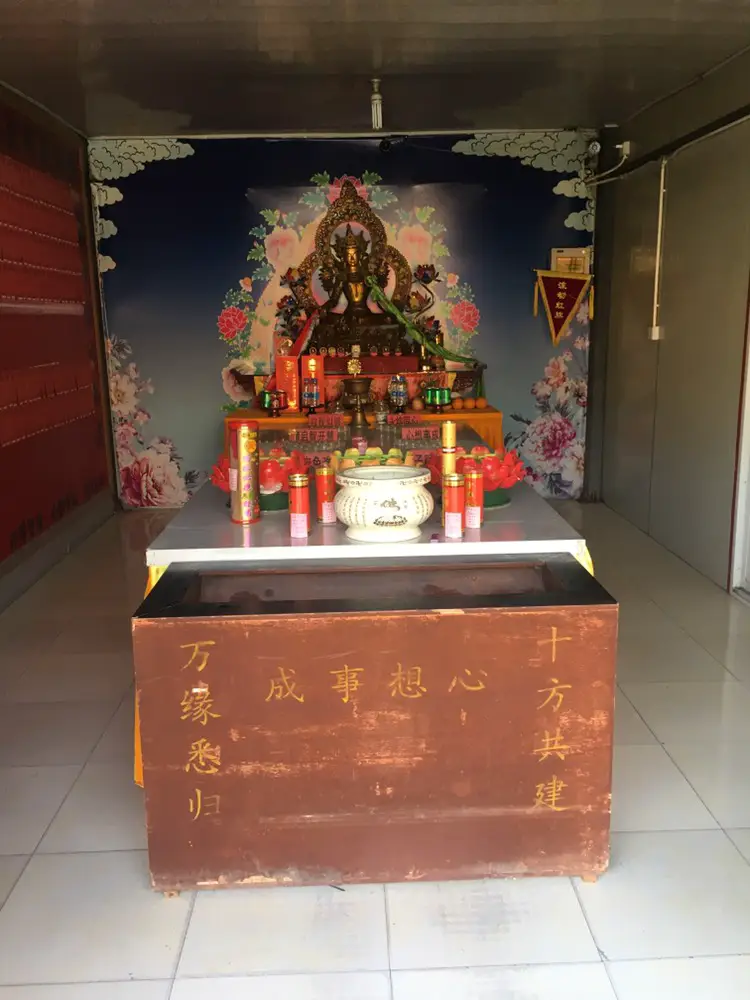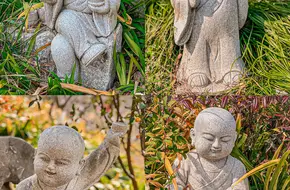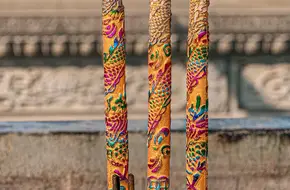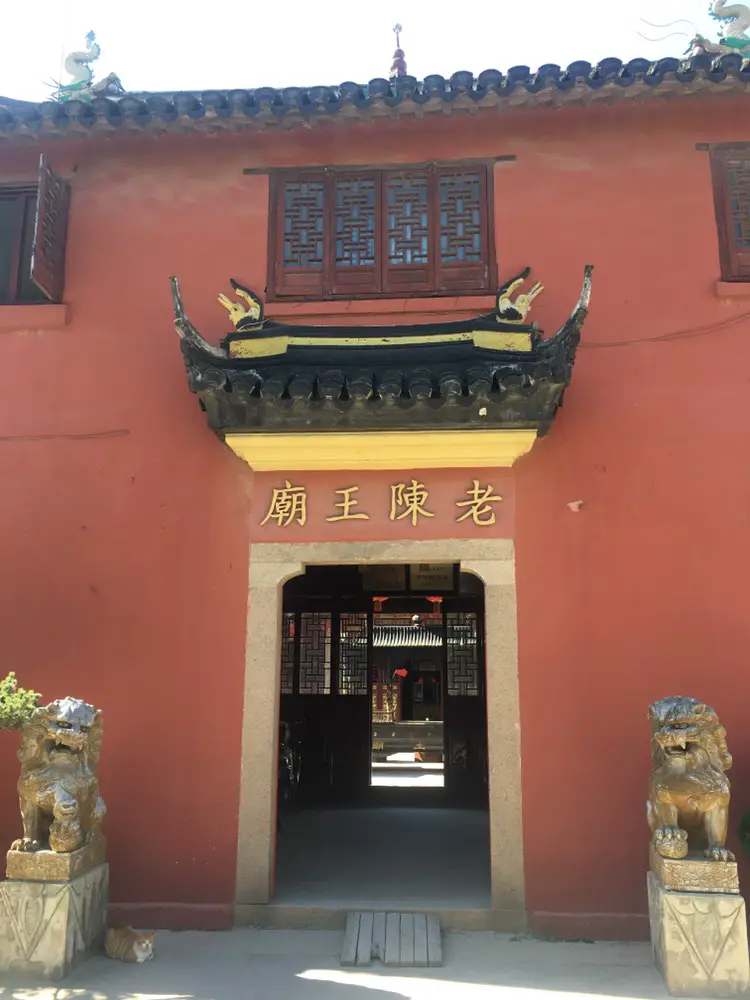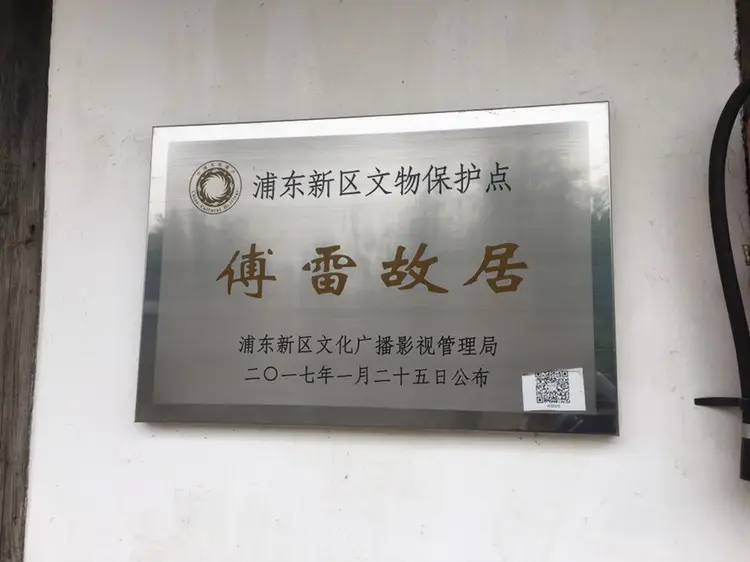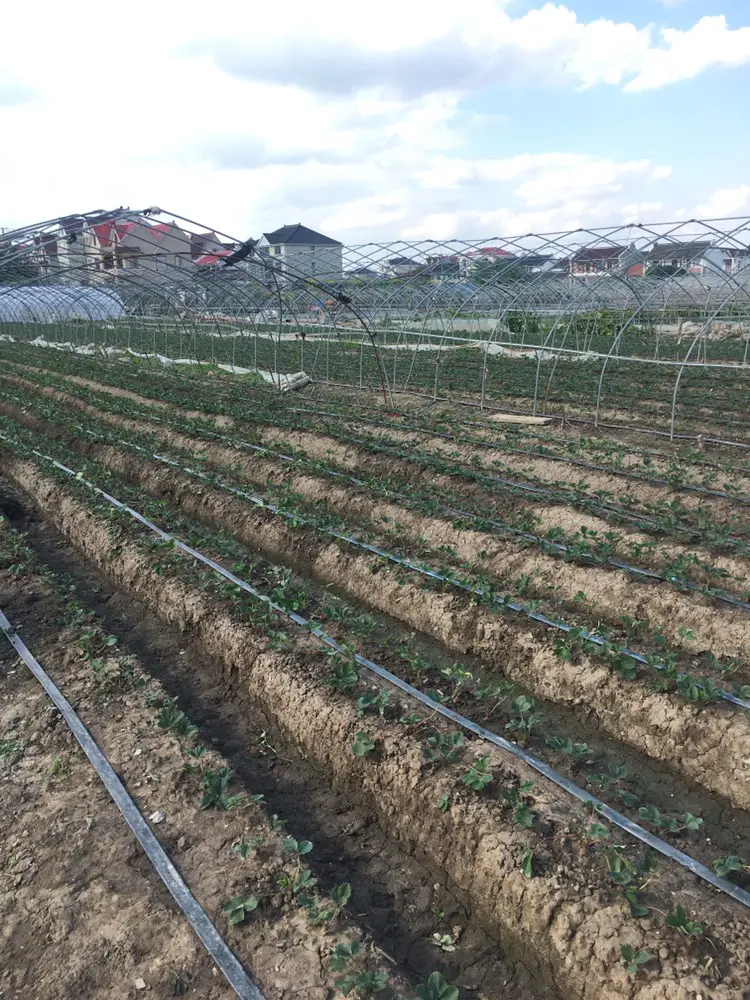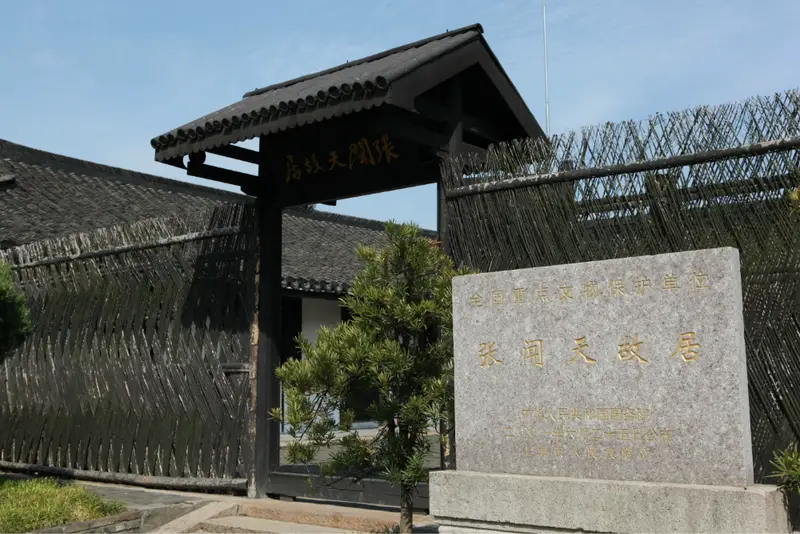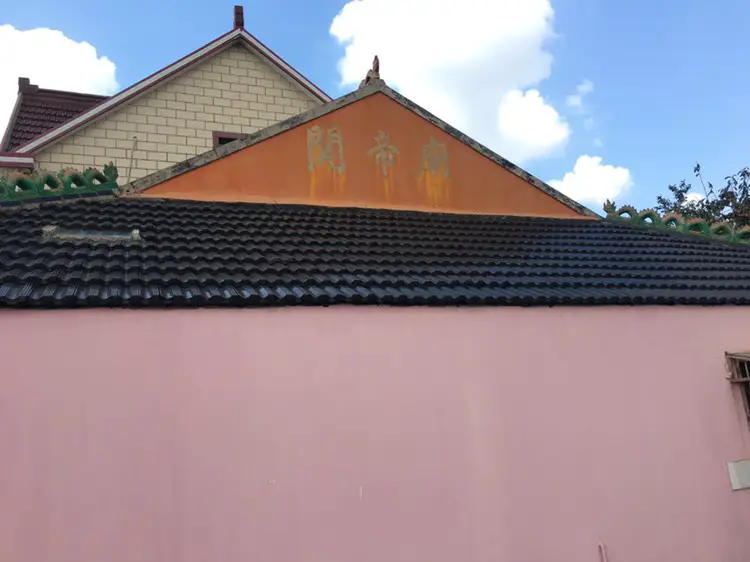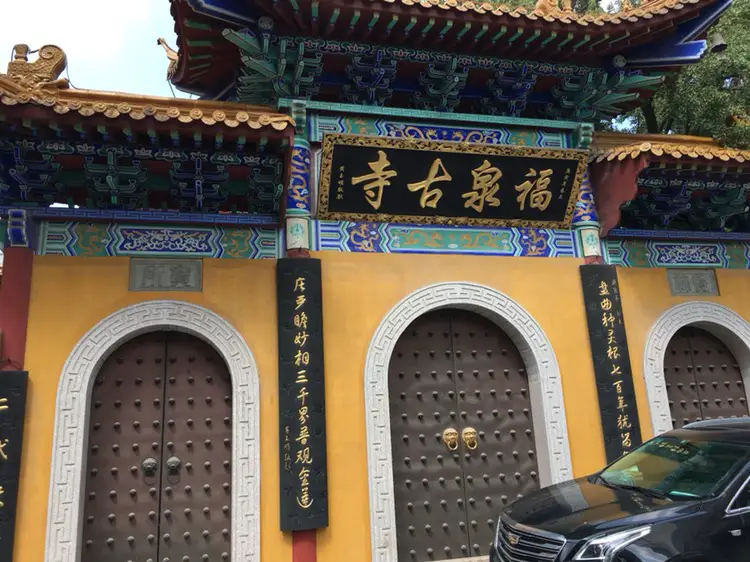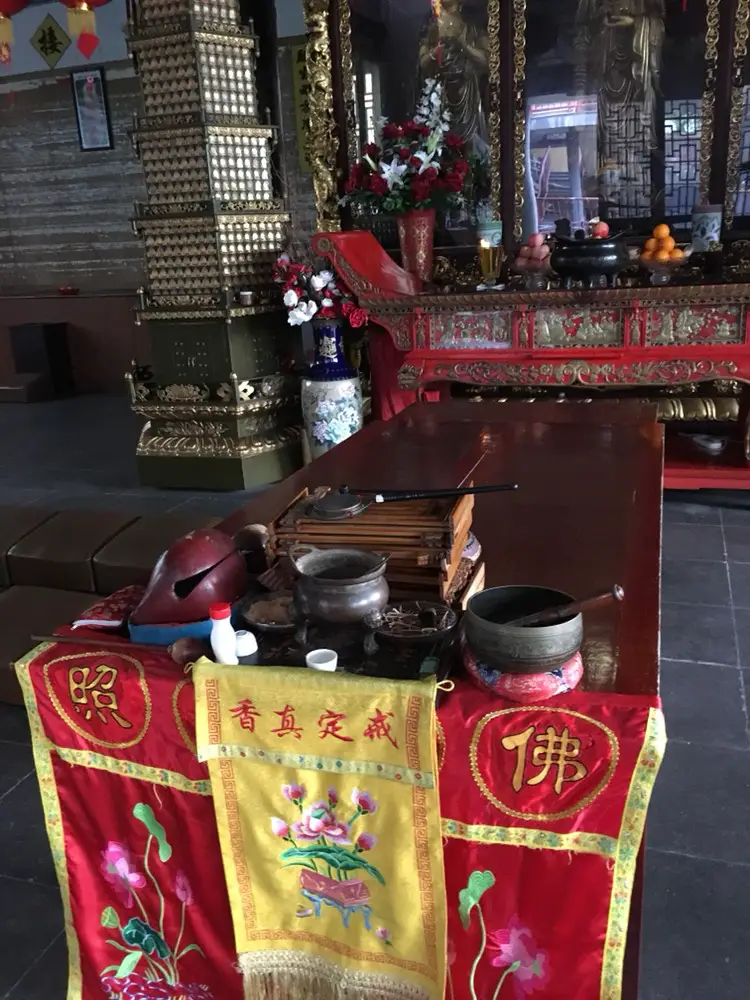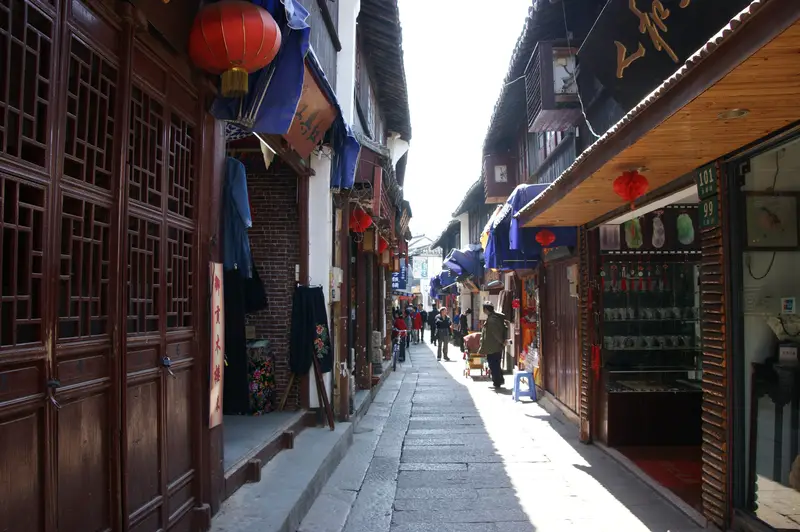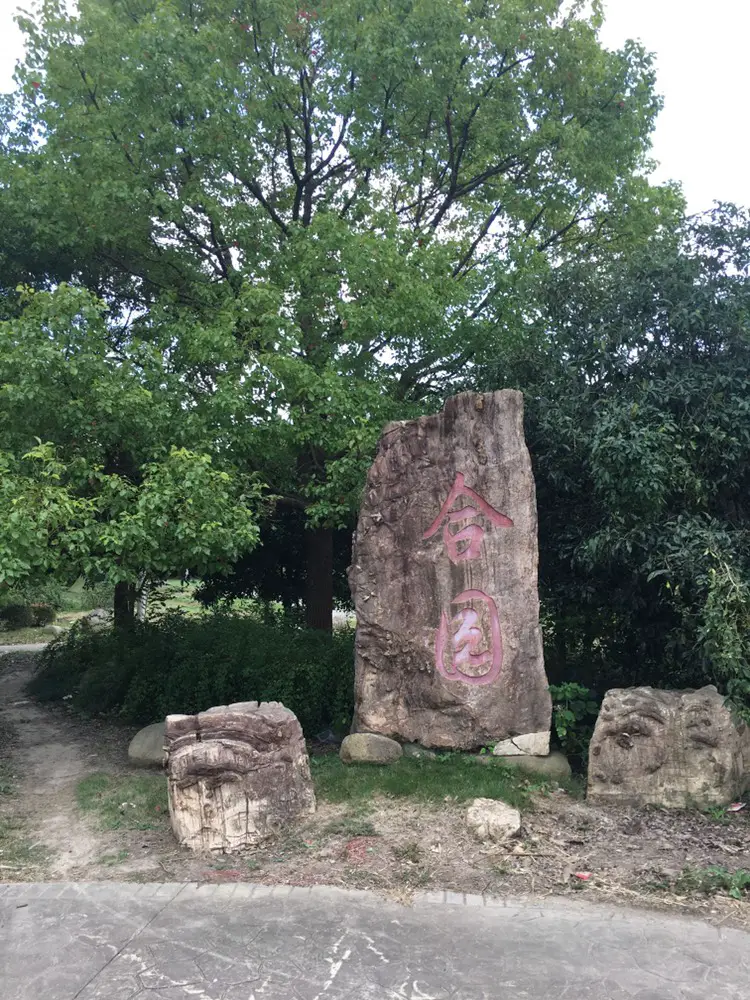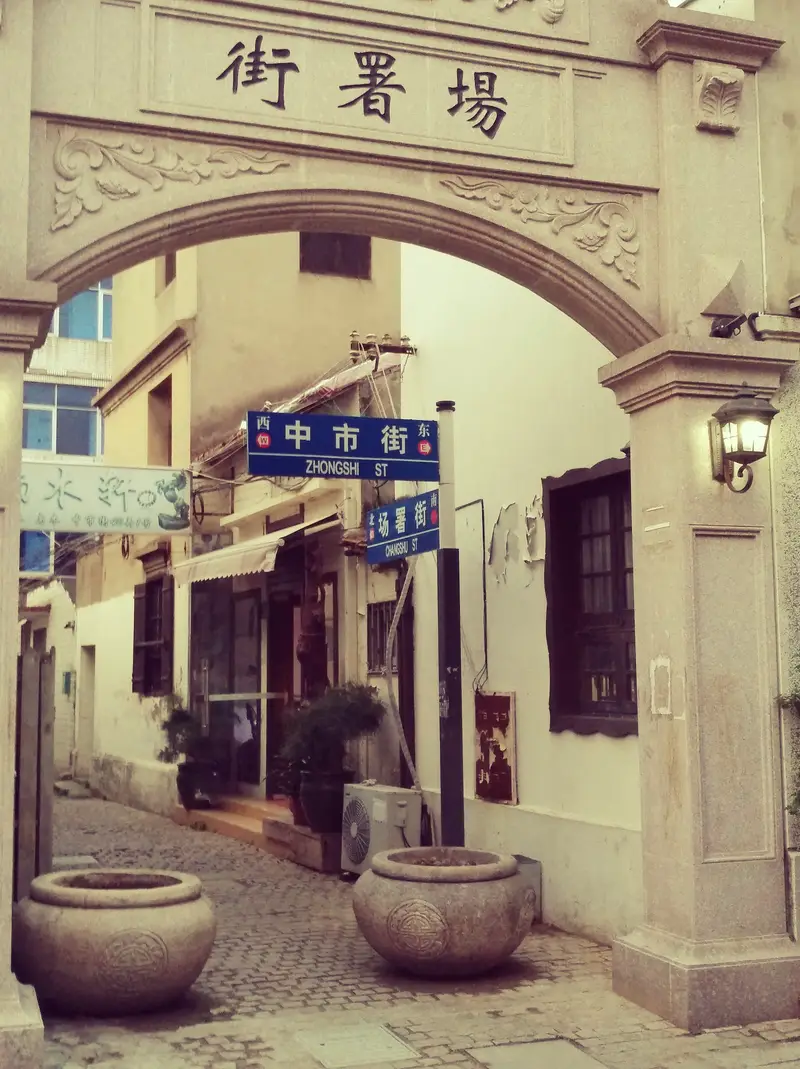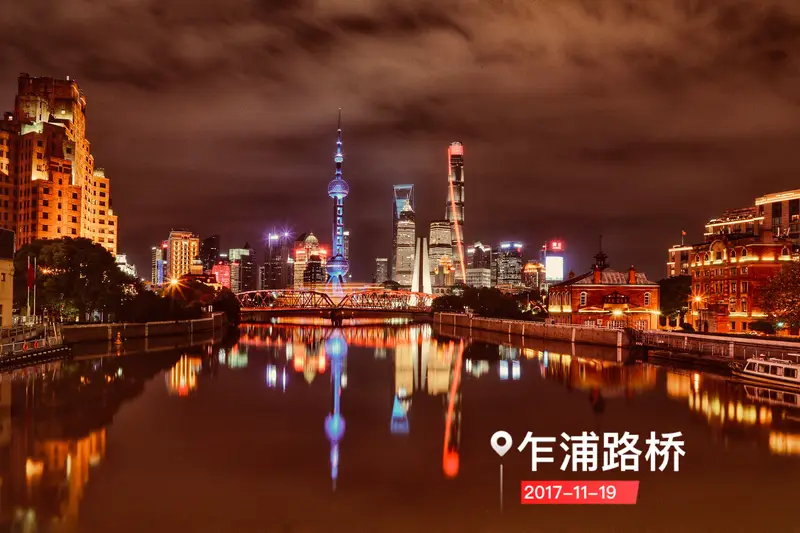Location & How to Get There
Xiaoputuo Temple is tucked away in a peaceful corner of Chuansha, Pudong New Area, Shanghai. The address is straightforward: No. 2099 Chuanliu Highway (near Chuansha Road). If you’re coming from downtown Shanghai, it’s about a 40-minute drive. The temple feels worlds away from the city’s hustle, surrounded by quiet neighborhoods and greenery.
To reach Xiaoputuo Temple, you can:
- By metro: Take Metro Line 2 to Chuansha Station, then grab a taxi (about 10 minutes).
- By bus: Route Chuanliu Line stops right outside the temple.
- By car: Plenty of free parking is available, making it easy for families or groups.
Natural Scenery: A Peaceful Retreat
Xiaoputuo Temple isn’t just a historic site—it’s also a hidden oasis. The temple grounds are lush with trees and flowers, especially in spring when cherry blossoms bloom. A small pond near the entrance reflects the temple’s red walls and pagoda roofs, perfect for Instagram photos. Even on busy weekends, the spacious layout makes it feel calm—no crowds pushing here!
The courtyard is simple but serene, with stone paths winding through gardens. You’ll spot locals chatting on benches or practicing tai chi in the morning. It’s a great spot to escape Shanghai’s urban energy.
Cultural & Historical Charm
Xiaoputuo Temple, also known as Tai Shi An, has been standing since 1620—over 400 years! It’s named after Guanyin (Avalokitesvara), the Goddess of Mercy, and has always been a top destination for Buddhist pilgrims. Back in the day, its reputation rivaled famous spots like the South Putuo Temple in Hangzhou and Xiamen’s Nanputuo Temple.
Inside, the temple’s main hall is a sight: towering eaves, intricate wooden carvings, and statues of Buddha and Guanyin. The air smells faintly of incense, adding to the sacred vibe. Locals say the temple’s luckiest time is during festivals like Chinese New Year or the Guanyin birthday celebrations—when the whole place lights up with lanterns and prayers.
Practical Tips: What to Expect
- Entrance: Free! Just be respectful of worshippers.
- Opening hours: Daily from 8 AM to 5 PM.
- Facilities: Clean restrooms, a small snack shop for water or tea, and shaded areas to rest. No fancy restaurants, but you can grab street food nearby.
- Best time to visit: Mornings for soft light and fewer crowds, or late afternoon for golden-hour photos.
Visitor Experience: What Makes It Special?
Walking into Xiaoputuo Temple feels like stepping back in time. Unlike Shanghai’s mega-attractions, this temple keeps things low-key but meaningful. You’ll see elderly locals praying, families lighting incense, and photographers snapping shots of the colorful main hall. The lack of tour groups means you can take your time exploring—peek into side halls, read ancient plaques, or just sit by the pond.
If you’re new to Buddhism, don’t worry—there’s no pressure. The atmosphere is welcoming, and volunteers might even explain the temple’s history if you ask nicely. For a deeper dive, check for English-friendly guides (sometimes available on weekends).
Nearby Extras: Make a Day Trip
After visiting Xiaoputuo Temple, stick around Chuansha for more local flavor:
- Old Chuansha Town: Walkable streets with Shikumen houses and mom-and-pop shops.
- Chuansha Park: A riverside spot for picnics or kite flying.
- Food: Try local specialties like hongshao rou (red-braised pork) or yangpuo pancakes at nearby eateries.
Xiaoputuo Temple isn’t the flashiest attraction in Shanghai, but that’s why it’s special. Whether you’re into history, photography, or just soaking up calm, it’s a gem worth seeking out.


